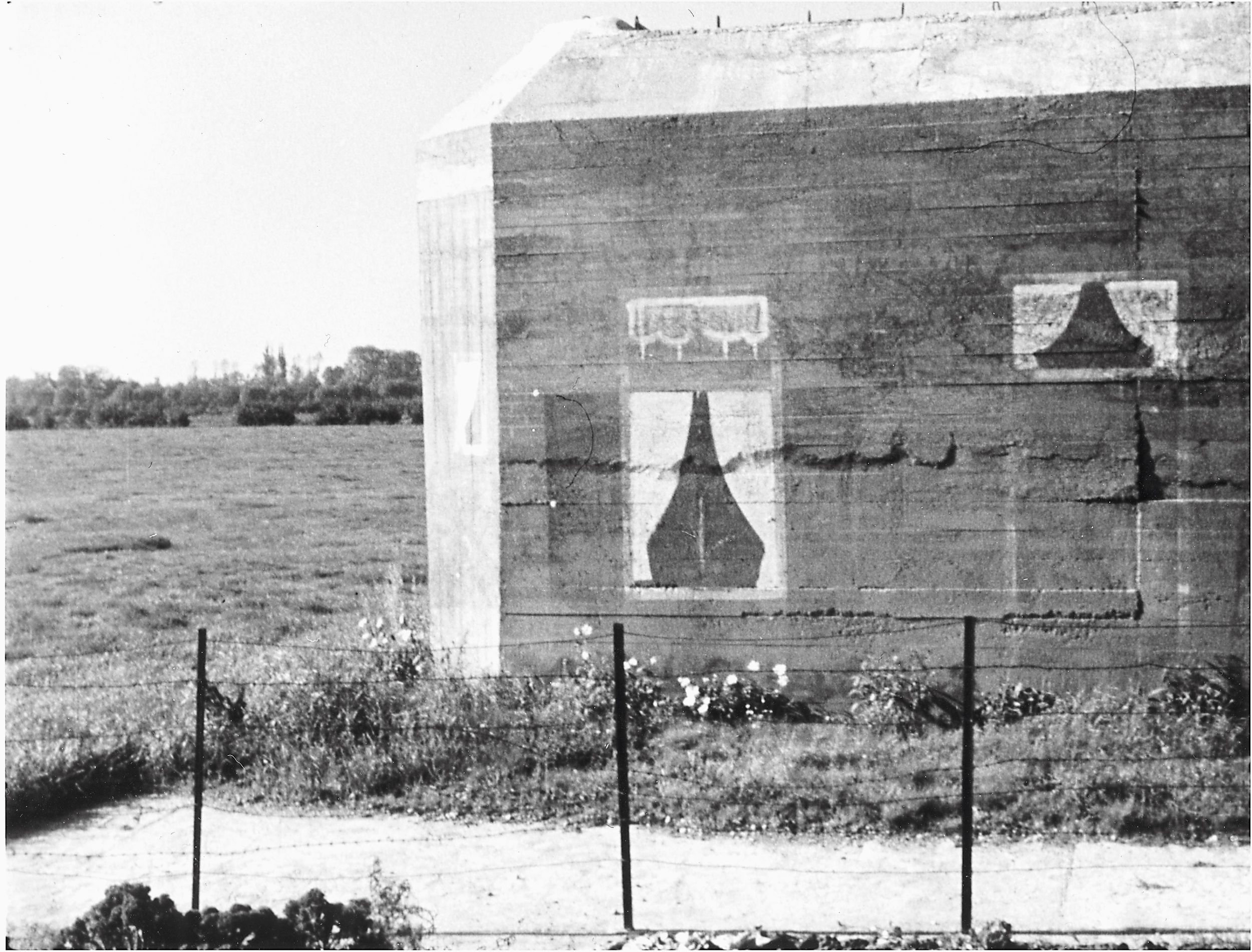
Ontluisterd land
World War II left Holland defeated - and not only in a deep emotional sense. Geographically, the period also left deep scars on the landscape. Particularly, the vulnerable sand dunes and woods suffered. The protective Atlantic Wall and the extensive minefields had to be removed. The newly liberated country underwent a renewal to erase the painful memories of the recent past. The structures were removed, blown up or moulded into the existing landscape. Bunkers were painted or destroyed. Mines were removed by soldiers and Rommel’s barbed wire and wooden pylons, the so-called Asparagus, disappeared from the beach. Nature took care of the rest: new plant life began to establish itself in defiance of the past. The filmmaker demonstrates that nature is more resilient than the human forces that had previously altered the landscape so radically. Mankind helps nature by regaining a newly-found balance. In Holland’s most typical scenery, the dunes and the polders, the course of time produces a new equilibrium.